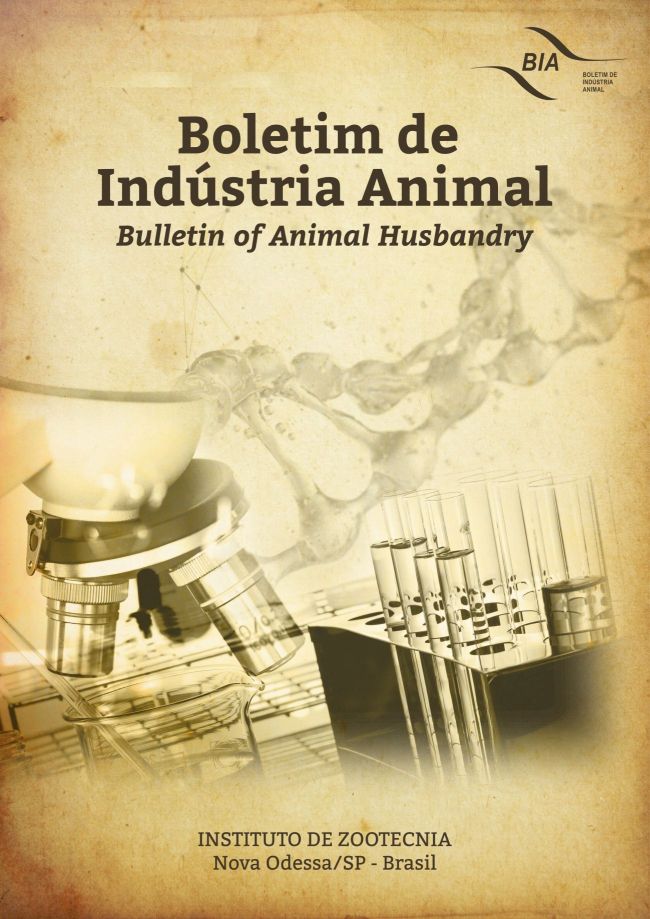Analysis of The Chemical Composition and Biological Activity of Resin Oil From Pepper of the Genus Capsicum
Palavras-chave:
Capsicum, resin oil, capsaicin, Staphylococcus aureusResumo
The peppers of the genus Capsicum belong to the Solanaceae family, compose of around 35 species all told. Of these, there are only five domesticated species: C. pubescens, C. baccatum, C. chinense, C. frutescens, and C. annuum. The fruits (peppers) have a characteristic pungency, due to the presence of capsaicinoids, especially capsaicin. Its use can be an excellent alternative to inhibit the development of certain superbugs, since the indiscriminate use of antibiotics to treat infections promotes the resistance of these microorganisms, causing a serious problem, since it considerably increases the risk of mortality. Hence, there is a greater need to employ natural compounds to combat these superbugs, so it is of fundamental importance to analyze in detail the chemical composition and antimicrobial activity of resin oils from different species of the genus Capsicum due to their bactericidal potential. The objective of the present work was to quantify the concentration of capsaicin and to determine the antimicrobial activity of the resin oils of 12 accessions of pepper of four species available in the Active Germplasm Bank of the IFES, Alegre Campus (C. baccatum, C. chinense, C. frutescens, and C. annuum). Regarding plant material, the selected accessions were: IFES63 and IFES105 (C. annuum); IFES60, IFES71, and IFES85 (C. baccatum); IFES56, IFES62 and IFES91 (C. chinense); IFES86, IFES96, IFES100 and IFES104 (C. frutescens). The work was divided into four stages, namely: conducting the experiment in the field (Agroecology sector of the Institution); determination of the antimicrobial activity (Biotechnology Laboratory); extraction of resin oils; and evaluation of the chemical composition (these last two stages took place in the Applied Chemistry Laboratory). Initially, the pepper fruits were collected, dehydrated, and crushed. They were later used in the extraction process, in which the Soxhlet method was used, with the aid of 99.8% ethyl alcohol (organic solvent), to obtain resin oils. The evaluation of the chemical composition (capsaicin quantification) of the oils was carried out through UV-VIS spectrophotometry with the aid of a Cary 60 UV-Vis spectrometer from Agilent Technologies. The methodology used to determine the antimicrobial activity of the oils was disc diffusion, using the Staphylococcus aureus bacterium and analysis under different concentrations (100%; 50%; 25%; 12.5%, and 6.25%) of the diluted essential oils in 99.8% ethyl alcohol. Among the 12 accessions of the four pepper species, both in the determination of the antimicrobial activity and the concentration of capsaicin, accession IFES56, belonging to the species C. chinense, exhibited the lowest values (with a variation from 7.76 to 10.99 mm of halo formed and 97.82 mg of capsaicin per g of extract). Accession IFES71, which belongs to C. baccatum, showed the highest values (with a variation from 13.65 to 17.80 mm of halo formed and 419.79 capsaicin per g of extract). Thus, it is possible to infer that these 12 accessions can be used in future crop improvement programs, especially accessions IFES71 and IFES100, since they demonstrated potential use as bactericides, due to their high concentration of capsaicin and also excellent antimicrobial activity.
Downloads
Downloads
Publicado
Edição
Seção
Licença
Os autores não serão remunerados pela publicação de trabalhos, pois devem abrir mão de seus direitos autorais em favor deste periódico. Por outro lado, os autores ficam autorizados a publicar seus artigos, simultaneamente, em repositórios da instituição de sua origem, desde que citada a fonte da publicação original seja Boletim de Indústria Animal. A revista se reserva o direito de efetuar, nos originais, alterações de ordem normativa, ortográfica e gramatical, com vistas a manter o padrão culto da língua e a credibilidade do veículo. Respeitará, no entanto, o estilo de escrever dos autores. Alterações, correções ou sugestões de ordem conceitual serão encaminhadas aos autores, quando necessário. Nesses casos, os artigos, depois de adequados, deverão ser submetidos a nova apreciação. As opiniões emitidas pelos autores dos artigos são de sua exclusiva responsabilidade. Todo o conteúdo deste periódico, exceto onde está identificado, está licenciado sob a Licença Creative Commons Attribution (CC-BY-NC). A condição BY implica que os licenciados podem copiar, distribuir, exibir e executar a obra e fazer trabalhos derivados com base em que só se dão o autor ou licenciante os créditos na forma especificada por estes. A cláusula NC significa que os licenciados podem copiar, distribuir, exibir e executar a obra e fazer trabalhos derivados com base apenas para fins não comerciais.













